
In a study published this week in Neurology, researchers from the University of Rochester Medical Center found a clear association between the heart and the brain in patients with a rare cardiac disease called Long QT Syndrome (LQTS). Patients carrying LQTS genetic mutations were three times more likely to have experienced seizures in their past, compared to their family members who did not carry any LQTS mutations. Interestingly, LQTS patients who had a history of seizures also tended to have worse cardiac symptoms with about 20% having survived at least one lethal cardiac arrhythmia in their life.
Lead author, David Auerbach, Ph.D., senior instructor of Medicine in the Aab Cardiovascular Research Institute of the University of Rochester Medical Center, set a new clinical precedence for the link between seizures and LQTS with this study. He believes this provides a case for doctors to pay more attention to what is happening in LQTS patients’ brains or, more broadly, to “look outside the classic organ of interest” in any disease.
As a postdoctoral fellow, Auerbach studied the heart-brain connection in a severe genetic form of epilepsy, and found that cardiac arrhythmias were one cause of sudden unexplained death in people with epilepsy. When he came to URMC, he began investigating the converse – whether a genetic heart disorder was also associated with issues in the brain.
In a KL2 Career Development project funded by the Clinical and Translational Science Institute at URMC, Auerbach tapped into the Rochester-based LQTS Patient Registry to answer this question. This unique resource was developed 40 years ago by the senior author of the study, Arthur Moss, M.D., Bradford C. Berk, MD, PhD, Distinguished Professor of Medicine at URMC. The registry contains information about more than 18,000 people including LQTS patients and their affected and unaffected family members, who provide a nearly ideal group of controls. “In essence, they have the same genetic makeup, except theoretically, the LQTS-causing mutation,” says Auerbach.
Auerbach and his colleagues found that patients with the three different types of LQTS (LQTS1-3) showed similar heart rhythm symptoms, but vastly different prevalence of seizures. LQTS1 and LQTS2 patients had much higher prevalence of seizures than LQTS3 or no mutation – with LQTS2 at the greatest risk.
Further investigation of the LQTS-causing mutation showed that the specific location of the mutation greatly affected the risk of cardiac arrhythmias and seizures. In one location on the gene, the mutation protected against these symptoms, but in another location on the same gene, the mutation increased the risk of those symptoms. Understanding what each of these mutations does may shed new light on a basic mechanism of seizures and may inform LQTS treatments in the future.
To read the full study, click here.
###
This study involved a multi-disciplinary, collaborative effort of authors from the Departments of Medicine-Heart Research, Medicine-Aab Cardiovascular Research Institute, Neurology, and Pharmacology/Physiology at the University of Rochester Medical Center.
The University of Rochester Medical Center is home to approximately 3,000 individuals who conduct research on everything from cancer and heart disease to Parkinson’s, pandemic influenza, and autism. Spread across many centers, institutes, and labs, our scientists have developed therapies that have improved human health locally, in the region, and across the globe. To learn more, visit http://www.urmc.rochester.edu/research.

 A
A 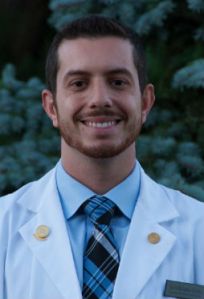 Ian De Andrea-Lazarus will be studying “Early Life Lead Exposure and Executive Functions Using the Stroop Day-Night Task” under the mentorship of
Ian De Andrea-Lazarus will be studying “Early Life Lead Exposure and Executive Functions Using the Stroop Day-Night Task” under the mentorship of 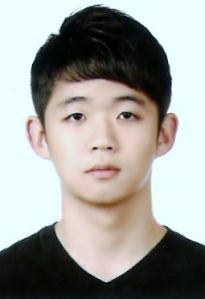 Chase Kwon, mentored by
Chase Kwon, mentored by 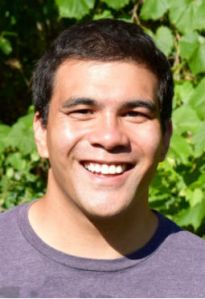 Jinno (Tony) Magno, under the supervision of
Jinno (Tony) Magno, under the supervision of 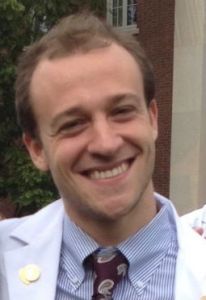 Sam Weisenthal will conduct an ART research project titled, “Using machine learning to predict ICU readmissions 48 hours before they occur”, under the mentorship of
Sam Weisenthal will conduct an ART research project titled, “Using machine learning to predict ICU readmissions 48 hours before they occur”, under the mentorship of 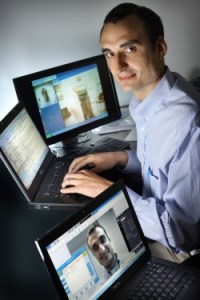


 That is why the Seminar Planning Committee, according to Nancy Needler, Manager, CTSI Research Coordinator Program decided to include a hands-on and “minds-on” root cause analysis practice in breakout sessions this year – a first for the SCORE Half-Day Seminar.
That is why the Seminar Planning Committee, according to Nancy Needler, Manager, CTSI Research Coordinator Program decided to include a hands-on and “minds-on” root cause analysis practice in breakout sessions this year – a first for the SCORE Half-Day Seminar.
